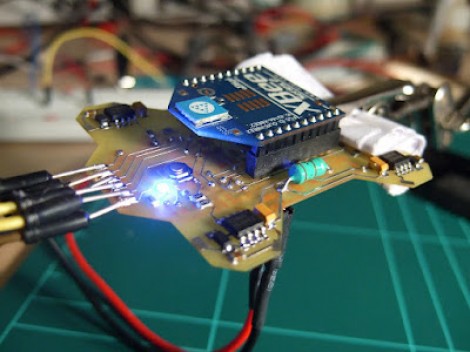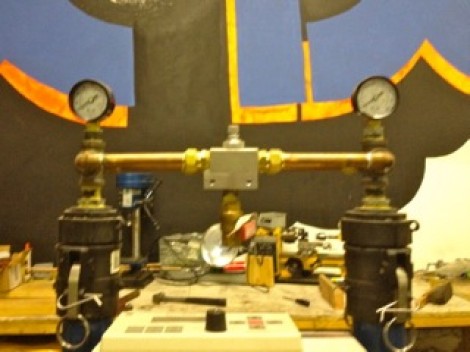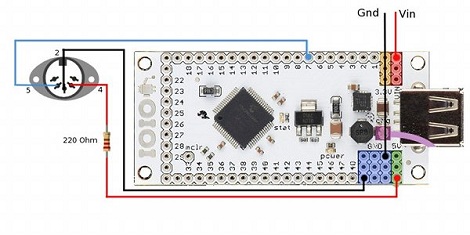Innovation and the Bell Labs Miracle:

Sharing space with Adafruit in Sunday’s New York Times (coincidence? I don’t believe in coincidences) was this great piece by Jon Gertner about the culture of innovation at Bell Laboratories in it’s heyday. As most of you know, I’m a BTL brat — my dad worked there and we used to get to visit every Christmas. There was something special about that place that I sensed even as a child. I don’t know if I can articulate exactly, but the two things I picked up on were a) these people are really smart and b) these people are proud of what they do and wouldn’t want to be anywhere else. This article really gives some great insight into why that was the case. He suggests that Bell Labs is worthy of study in our modern era (in no small part because they helped to create it), as a model of real innovation:
Why study Bell Labs? It offers a number of lessons about how our country’s technology companies — and our country’s longstanding innovative edge — actually came about. Yet Bell Labs also presents a more encompassing and ambitious approach to innovation than what prevails today. Its staff worked on the incremental improvements necessary for a complex national communications network while simultaneously thinking far ahead, toward the most revolutionary inventions imaginable.
Indeed, in the search for innovative models to address seemingly intractable problems like climate change, we would do well to consider Bell Labs’ example — an effort that rivals the Apollo program and the Manhattan Project in size, scope and expense. Its mission, and its great triumph, was to connect all of us, and all of our new machines, together.
At it’s height, the Bell Labs system was comprised of three major research locations, all of them in New Jersey. Murray Hill was the headquarters, and is currently the HQ of Alcatel-Lucent, the successor to AT&T Bell Laboratories. The other two campuses were in Whippany and Holmdel. Sometimes you’ll see these locations on old ARPAnet maps as BTL-WH and BTL-HO. Both Whippany and Holmdel have since been closed and the properties are vacant.
I don’t know about Holmdel, but there’s been talk of turning the Whippany Bell Labs campus into a (cringe, gasp, barf) shopping center. I think that’s a shame. I’d like to see it turned into an enormous innovation park, with a hackerspace (or two) and a bunch of open hardware startups, perhaps sharing communal fabrication facilities.
So what do you think? Can we re-capture the magic that was Bell Laboratories? In the modern world, where small firms innovate quickly and then get absorbed by giant behemoths, is there a place for slower, more measured invention?
















